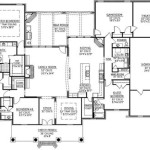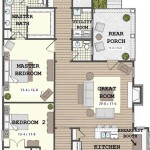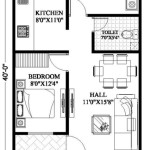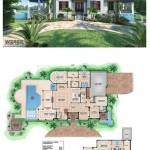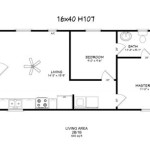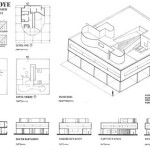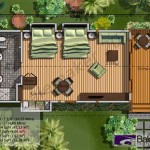Essential Aspects of Split Level House Plans in New Zealand
Split level house plans offer a unique and versatile solution to the challenges of sloping sections in New Zealand. By incorporating multiple levels, these homes maximize space and create a sense of flow and separation. Here are some essential aspects to consider when designing a split level house plan:
1. Functional Layout
The floor plan should flow seamlessly between levels, with clearly defined spaces for living, dining, and sleeping. Consider the number of bedrooms, bathrooms, and living areas required, as well as the relationship between them. A well-thought-out layout will enhance comfort and practicality.
2. Level Transitions
Stairways play a crucial role in connecting the different levels. Choose a staircase design that complements the overall style of the home and ensures safe and comfortable access. Half-flights of stairs can create visual interest and break up large areas.
3. Natural Light
Incorporate plenty of windows and skylights to let in natural light. This will reduce dependence on artificial lighting, create a sense of spaciousness, and improve overall well-being. Consider the orientation of the home to maximize sunlight exposure.
4. Section Shape and Slope
The shape and slope of the section will influence the design of the split level home. A steep sloping section may require more levels to accommodate the same floor space, while a flatter section allows for a wider footprint with fewer levels.
5. Outdoor Living
Outdoor living areas are essential in New Zealand's temperate climate. Design a split level home that integrates indoor and outdoor spaces seamlessly. Decks, patios, and courtyards can be incorporated into the different levels to create a harmonious connection between the home and its surroundings.
6. Environmental Considerations
Consider sustainable practices when designing a split level house plan. Passive design principles, such as thermal mass and cross-ventilation, can reduce energy consumption and improve indoor air quality. Choose environmentally friendly materials and incorporate rainwater harvesting systems to minimize environmental impact.
7. Architectural Style
The architectural style of the home should complement the surrounding landscape and reflect the personal preferences of the owners. From traditional to contemporary, split level house plans can be tailored to suit any aesthetic.
By carefully considering these essential aspects, you can create a split level house plan that meets the unique needs of your family and lifestyle. A well-designed split level home will provide a comfortable, functional, and visually appealing living space that takes full advantage of its surroundings.

House Plans Nearly 200 To Choose From Generation Homes

New Split Level Designs Hudson Homes

Le Petit House Residential Design Mark Fielding Nelson New Zealand

Split Level Duplex Townhouse Design 475 M2 Or 5122 Sq Foot New Zealand

Tall Dark And Handsome 4 Split Level Home In Auckland

Le Petit House Residential Design Mark Fielding Nelson New Zealand

House Plans

Tall Dark And Handsome 4 Split Level Home In Auckland

Multi Family Duplex House Plans 8 Bedroom Home Modern New Zealand

Dolejs House Residential Design Mark Fielding Nelson New Zealand

